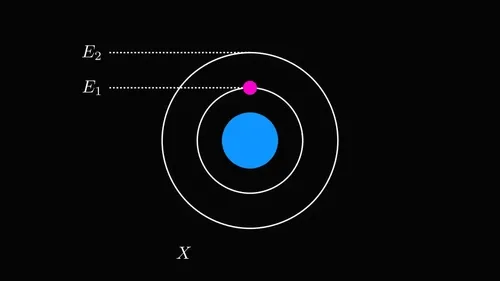Thermodynamics
Astrea considers different thermodynamic effects. The initial aim is to describe atomic levels populations of different elements under exoplanets atmospheres conditions. These populations are responsible for line formation, which we can observe with telescopes. The most simple way to calculate populations is considering system in local thermodynamic equilibrium (LTE). But in most cases it is insufficient due to deviation of elements velocities from Maxwell-Botlzmann distribution, and stellar radiation field from Planck’s law, so non-local thermodynamic equilibrium (NLTE) is more general and perspective.
Second class of tasks related to thermodynamics is research of influence of elements on the heating and cooling of the atmosphere, which is an important determinant of the physical and chemical properties of the atmosphere.

Local thermodynamic equilibrium
Local thermodynamic equilibrium (LTE) - thermodynamic equilibrium in which intensive parameters are slowly varying in space and time, so globally it can be approximated as an overall equilibrium.
Population of level of element in LTE is described by Boltzmann distribution:
where - relative electron population of level , - statistical weight of level , - energy of level , - level, - Boltzmann constant, - number of levels, - temperature.
Non-local thermodynamic equilibrium
Non-local thermodynamic equilibrium (NLTE, non-LTE) - deviation from LTE due to the lack of detailed balance: 1) radiation field deviates from Planck’s law, 2) Electrons velocities distributions deviates from Maxwell-Boltzmann distribution.
These separate processes are considered in quantum transition kinetics.
Cooling function
Cooling function (cooling efficiency) - density independent volume cooling rate showing the influence of individual elements on the thermodynamic properties of the atmosphere.
Cooling process is a process when gas loses it’s energy through the emission of photons, described by the following equation:
- cooling function, - energy difference between energy level and ground state, - volumetric heating rate, - volumetric cooling rate, - electron number density, - considered chemical element number density, - density of particles that produce cooling, - density of particles that produce heating, - transition rate of heating process (excitation, ionization), - transition rate of cooling process (de-excitation, recombination).